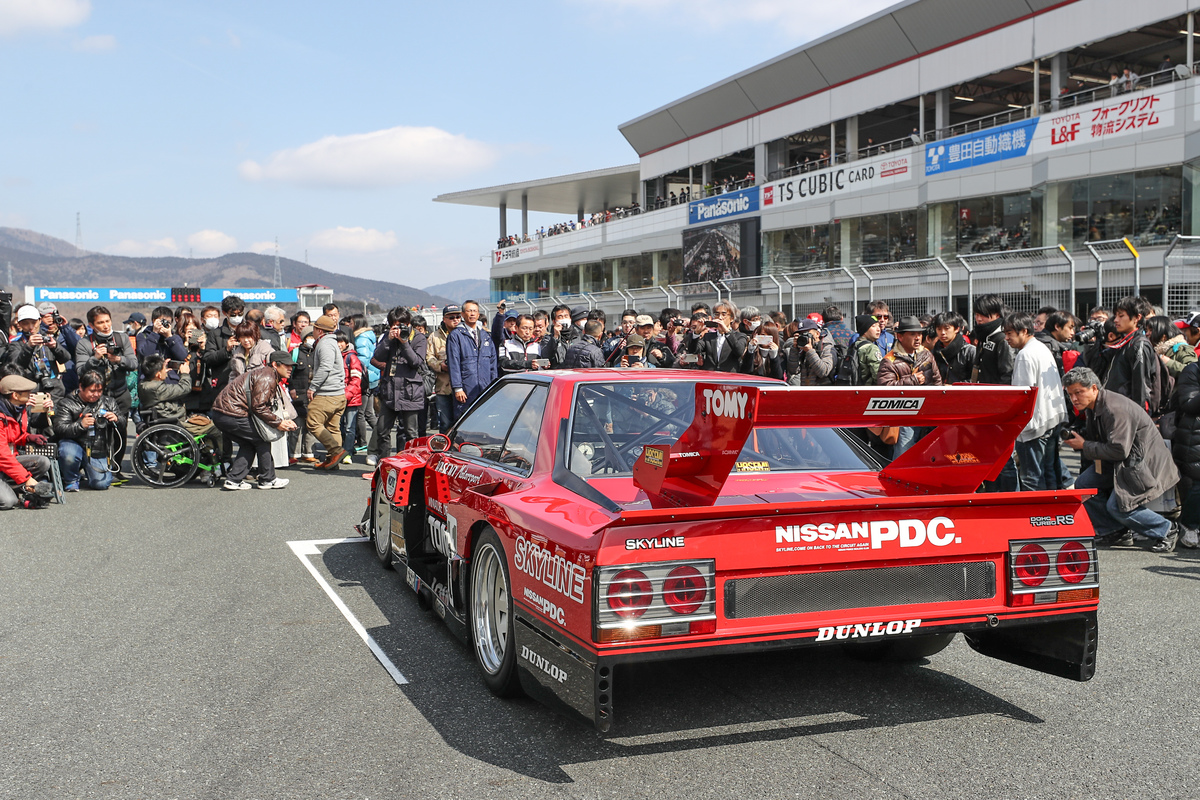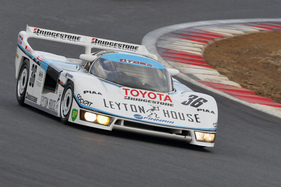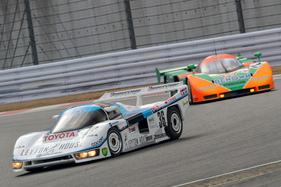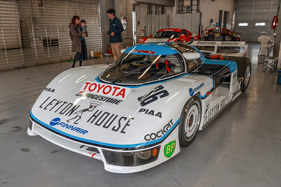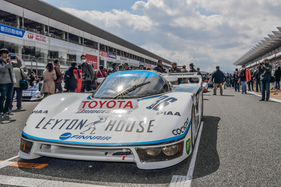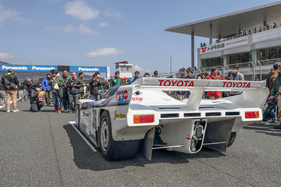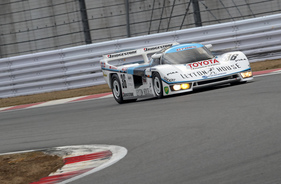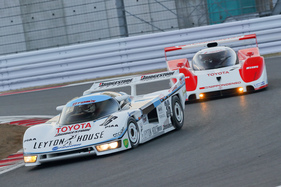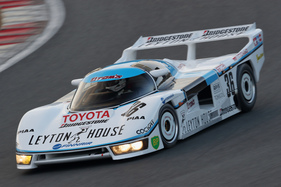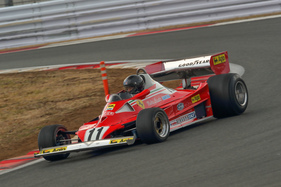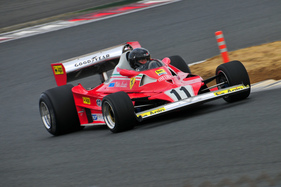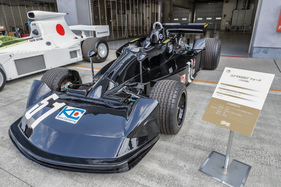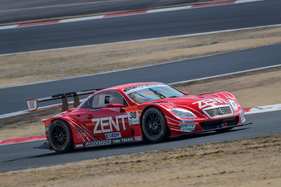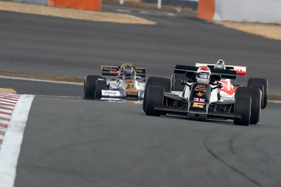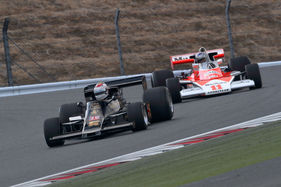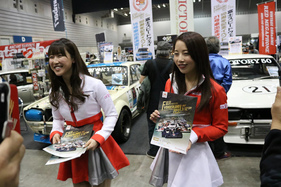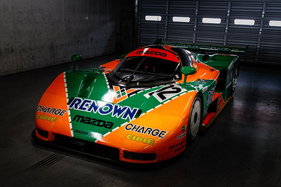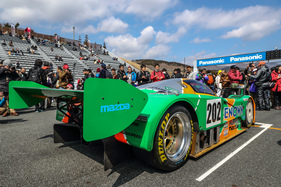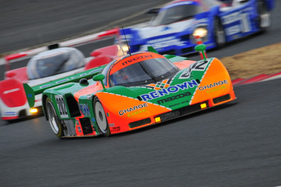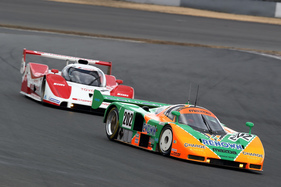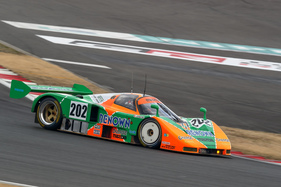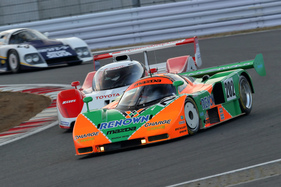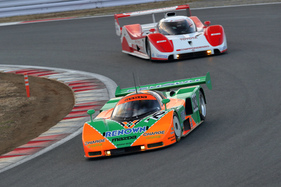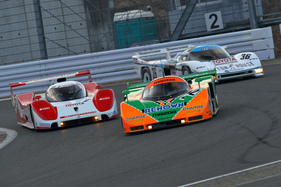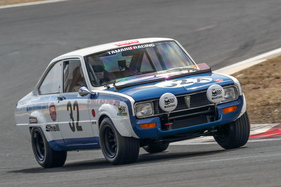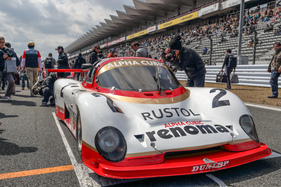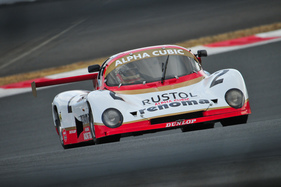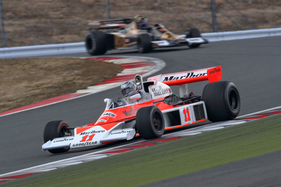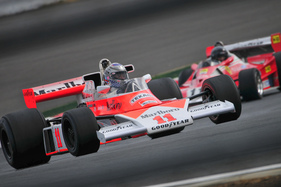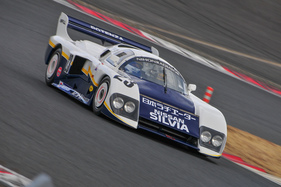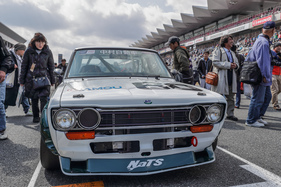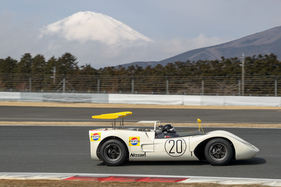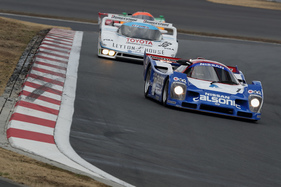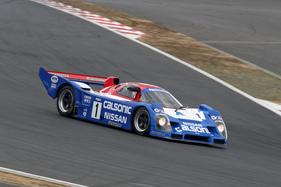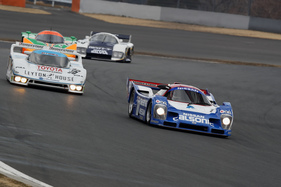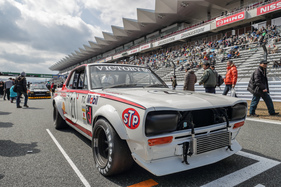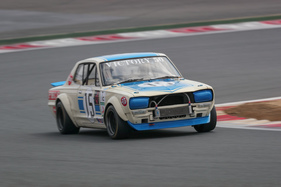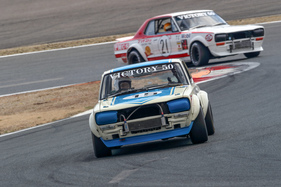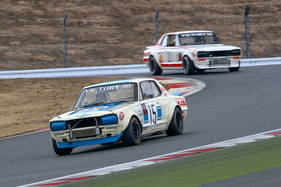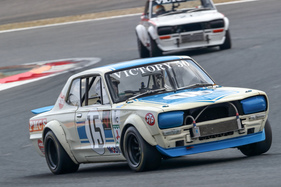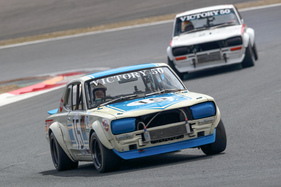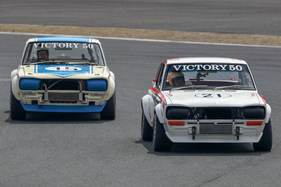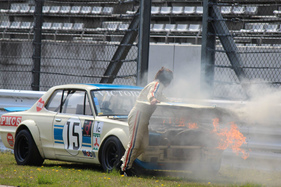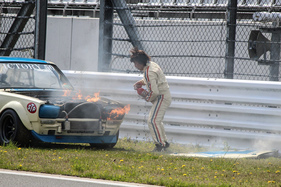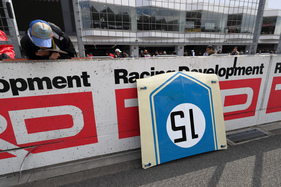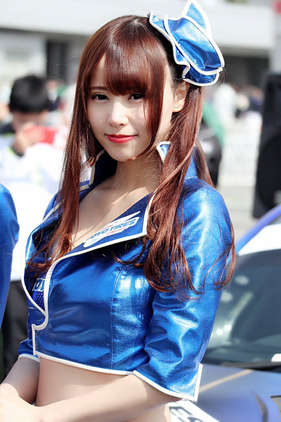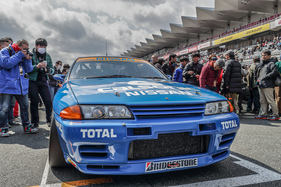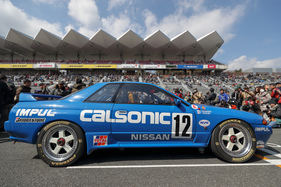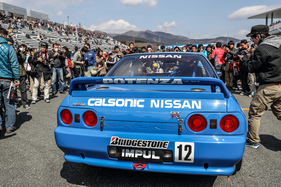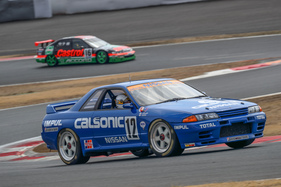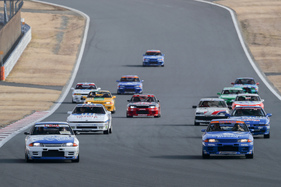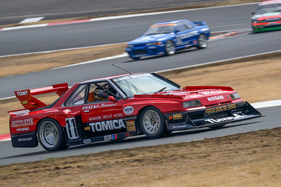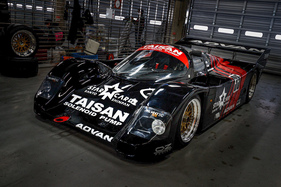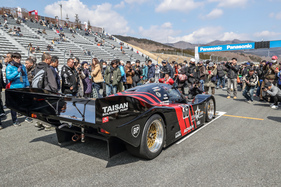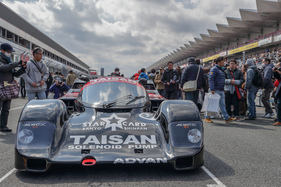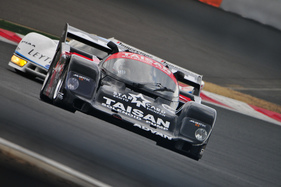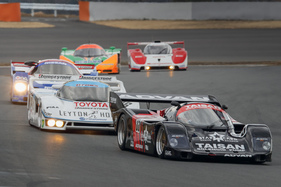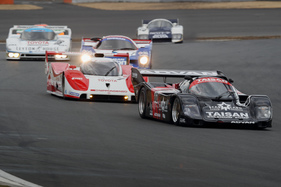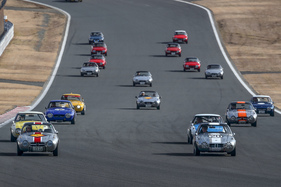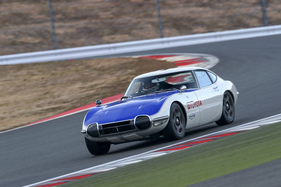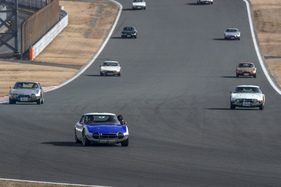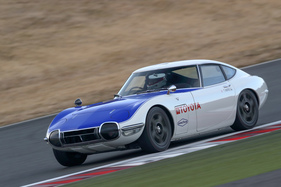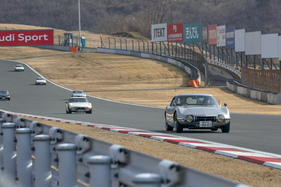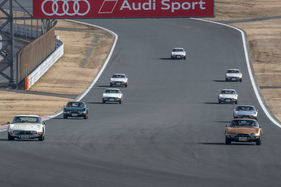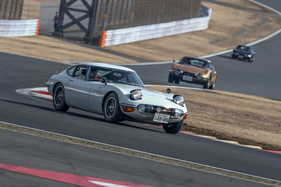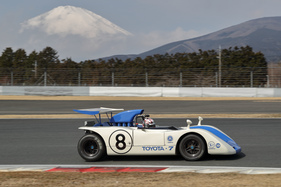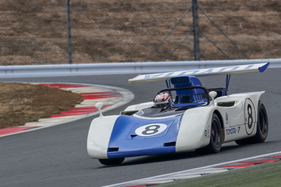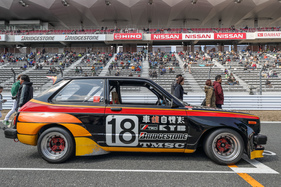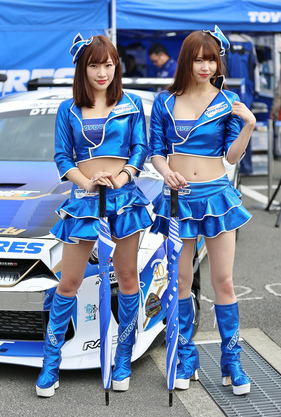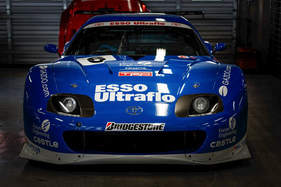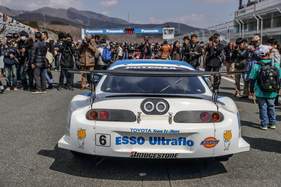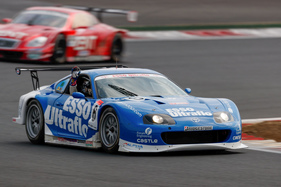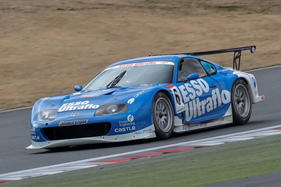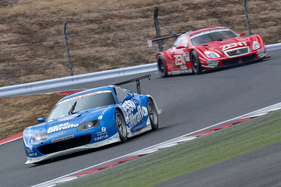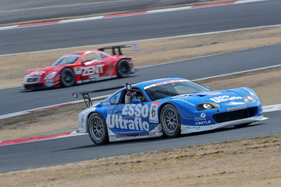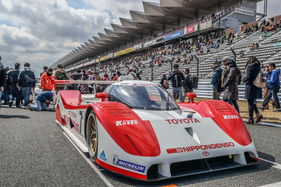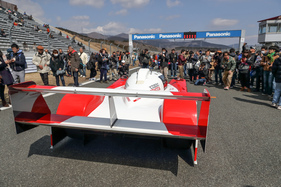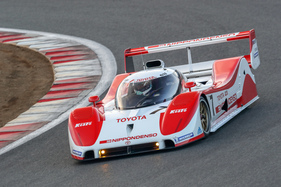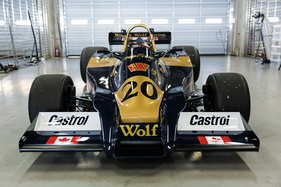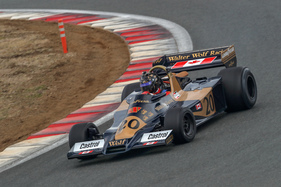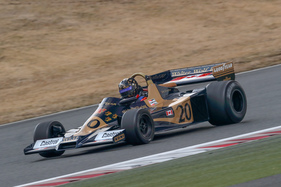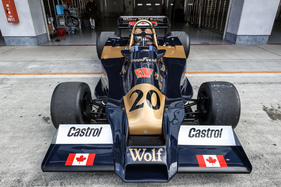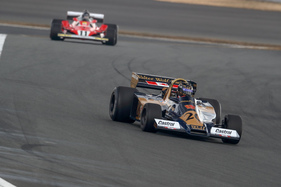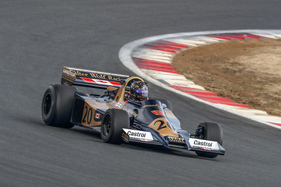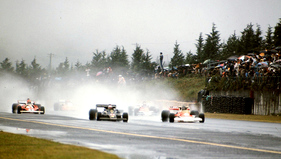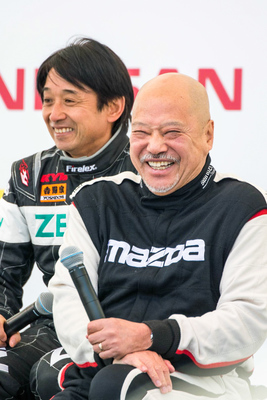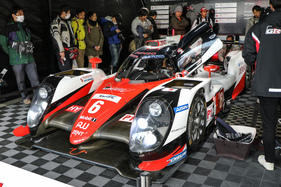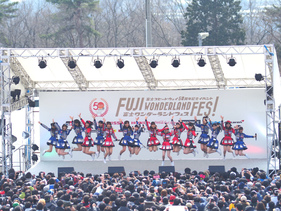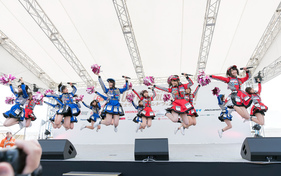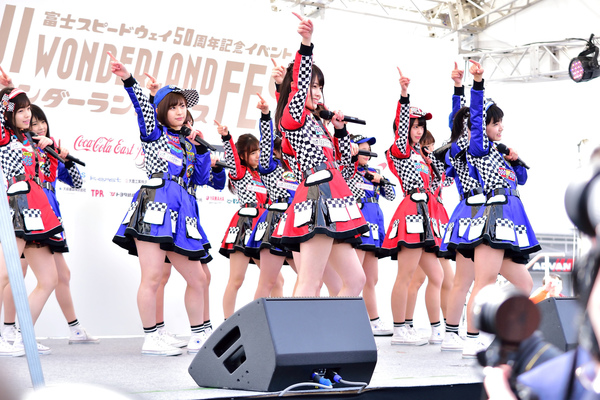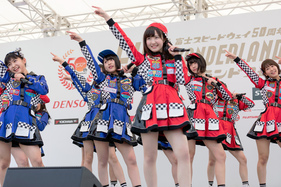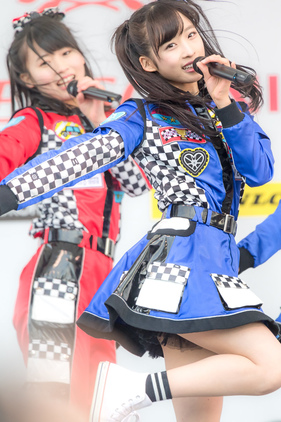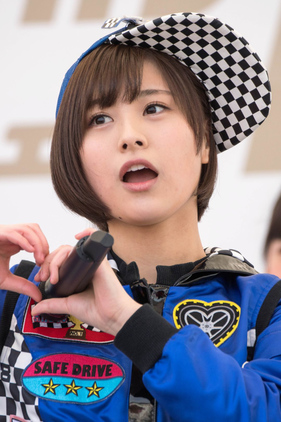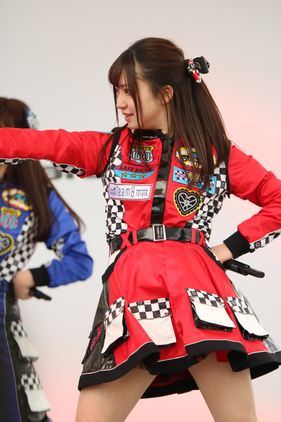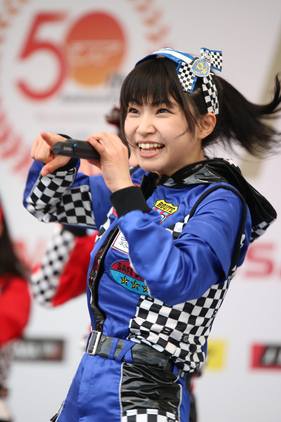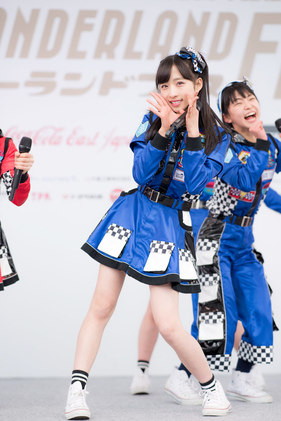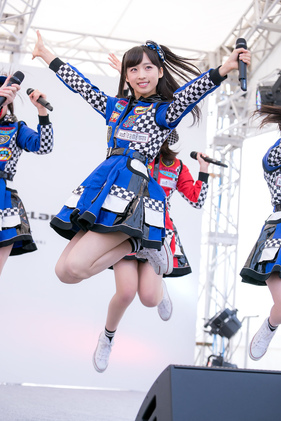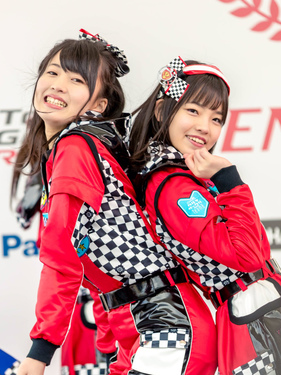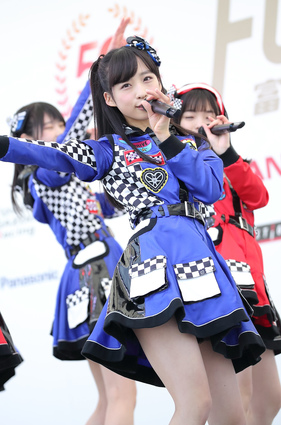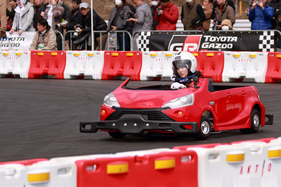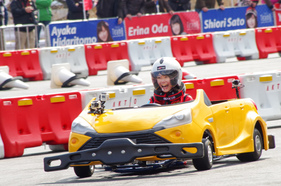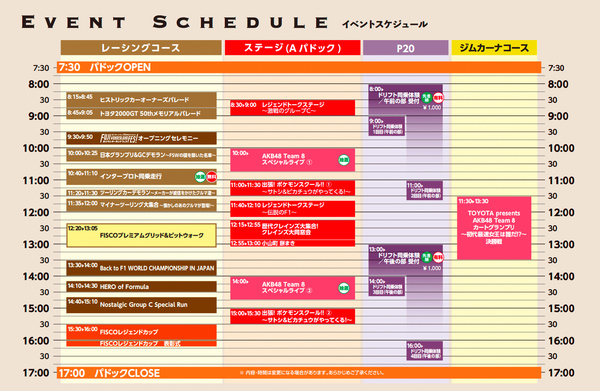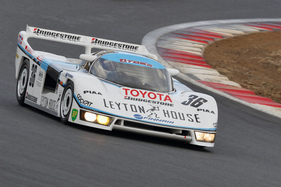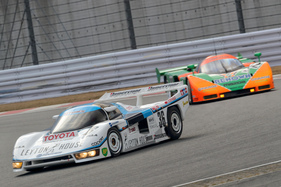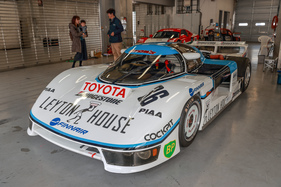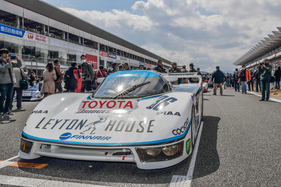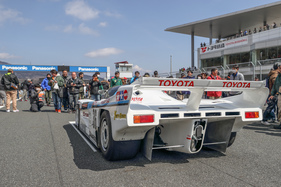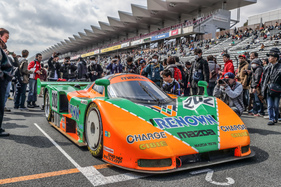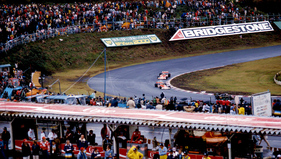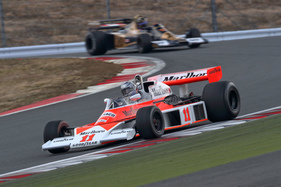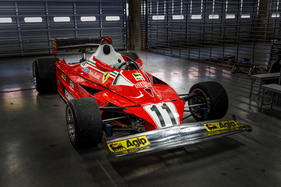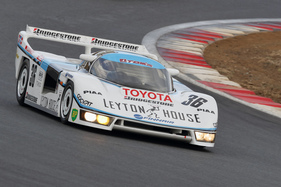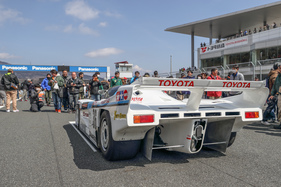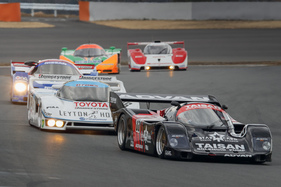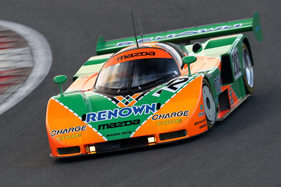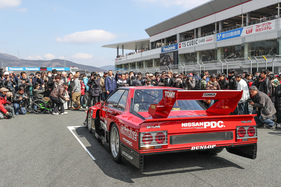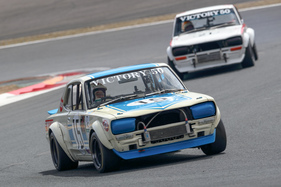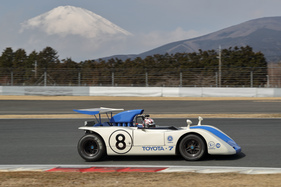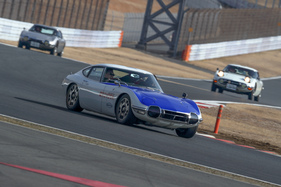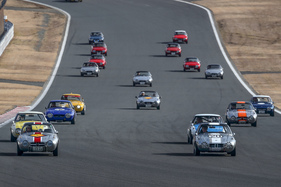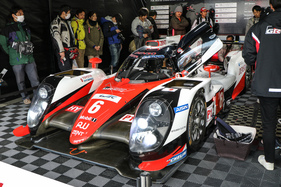While our reporting normally focuses on Europe, we still keep our eyes and ears open for things that take place further afield, be it vehicle auctions in the USA, classic car meetings in Rømø in the north or historic motorsport events in the Far East. In this article, we travel to the land of the rising sun.
Japan has a strong car and racing culture. In line with differences in culture and customs, racing events are also very different from those in Germany. Not only are Japanese car brands dominant, but you also see cars that rarely or never touch European soil. The preferences of the fans are also different; although there is an increased interest in tuning, they are also fascinated by European-style racing series such as Formula 1. Even the grid girls look different. They seem to have escaped directly from a manga comic ...
50 years of Fuji Speedway
This year's Fuji Wonderland FES took place on March 12, 2017 and was dedicated to the race track itself, as it was used commercially for the first time a good 50 years ago.
Formula 1 in Japan
In 1976, Formula 1 visited Japan for the first time and was hosted at Fuji Speedway. It was the last race of that season and attracted a lot of attention.
The duel between James Hunt and Niki Lauda naturally added to the significance of this race. It was raining heavily and the track was extremely dangerous as a result. Lauda led Hunt by 3 points, but was still visibly suffering from the consequences of his dramatic crash, although he could still have become world champion. However, Niki refused to race and retired voluntarily on the second lap. Hunt therefore only needed three points to become world champion, which he achieved (incidentally, the race was staged in an extremely exciting way in the movie RUSH ).
The atmosphere of those early Formula 1 races at the Fuji Speedway was to be revived at the festival. For this reason, the focus was naturally on the historic Formula 1 cars. Unfortunately, it was not possible to organize all the racing cars that raced at the time. After the McLaren M23, Ferrari 312 T2, Lotus 77 and the legendary Wolf WR1 from Walter Wolf Racing, the air quickly became thin. But at least, together with the rarities on display, there was still an F1 feeling that must have thrilled many of the 31,000 festival visitors.
Group C with Japanese rarities
Wherever a Mazda 787B roars, motorsport enthusiasts and especially Group C fans are quickly thrilled. But there was a lot more to admire here that is unparalleled at European events.
For example, the rare Toyota 85C-L was on display, the car that Toyota entered into the top league for the first time at the 24 Hours of Le Mans.
However, the competition was too strong in 1985, the armada of Porsche 956s and 962s was too fast and too reliable, even the Lancia LC2s were a notch faster than the new prototype built by Dome. Nevertheless, even today this car with its 600 hp and a weight of 900 kg is a real eye-catcher, the enormous rear diffuser is impressive and the elegant lines of the bodywork are fascinating.
What was really unique: many racing cars were driven by the drivers of the time, for example Masanori Sekiya in the Toyota TS010 or Kazuyoshi Hoshino in the Nissan Sylvia, Yojiro Terada in the Mazda 787B and Kunimitsu Takahashi in his Taisan Porsche 962, in which he drove four races in 1991.
Mr. Le Mans from Japan as guest of honour: Yojiro Terada
When it comes to Japanese Group C cars, racing driver Yojiro Terada is a must. Like Tom Kristensen, he is known in Japan as "Mr. Le Mans", not because of the highest number of victories, but because he has competed in Le Mans the most times without ever having won: he has competed in Le Mans 29 times.
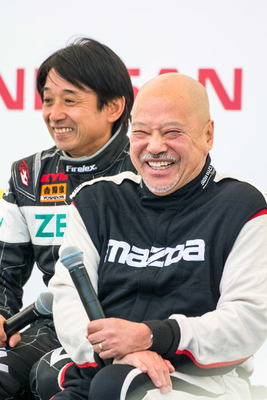
This record is only beaten by Henri Pescarolo (33 starts) and Bob Wollek (30), but both of them have been able to claim victories. Yojiro Terada was of course also at Le Mans in 1991, when Mazda entered three 787 cars in the Sarthe (two new 787Bs and an older 787). Yojiro finished 8th in the older 787 and drove laps at the Fuji Speedway in the most legendary of all Japanese racing cars.
Never raced in Europe
Perhaps the word "never" is a little too strict, but some racing cars are hardly ever seen in Europe. During the "Grid Walk", for example, you could see the extremely rare Tomica Skyline (Nissan Skyline RS Turbo KDR30 the exact designation), which won seven Group 5 victories in 1982 and 1983 and was known for its giant flames from the exhaust pipes.
Also rare are the Skylines from the early 70s, which are a good 10 years older. They are also known as the "Hakosuka GTR", i.e. the Skyline 2000 GT-R KPGC10, which is also a real rarity outside Japan (just five original vehicles are said to exist "abroad"). Incidentally, "Victory 50" is one of the best-known "Hakosuka" tuners in Tokyo today, a dealer that also sells replicas of the classic.
Another exotic car, at least from a local perspective, was the Toyota 7 from 1969. The American Can-Am series came to Japan in 1968. The so-called "Japanese Can-Am" mainly featured racing cars from the USA, but Toyota took the plunge and put the Toyota 7 on the grid in 1969. Although it was clearly inferior in terms of performance, Yukio Fukuzawa drove to fourth place in the first race. Victories were recorded in endurance races, including the Fuji 1000 km race, the 12 Hours of Suzuka and the Suzuka 1000 km race.
50th anniversary of the Toyota 2000 GT
As if there weren't enough rarities on site already, the 2000GT club was on hand to celebrate the 50th anniversary of the Toyota 2000GT and drove a few demo laps on the Fuji Speedway. You have probably never seen so many of these models in Europe.
The predecessor model Toyota Sports 800 was also present in surprisingly large numbers and was also allowed on the track at the same time. This resulted in a rather unusual picture for Europeans!
Motorsport right up to modern times
Of course, the past also caught up with the present here: in the racing car exhibition on the festival grounds, visitors could view important racing cars from the early days to the present day. Unsurprisingly, the most modern racing car to be found in that exhibition came from Toyota and it was the Toyota TS050, the racing car that took part in the 2016 24 Hours of Le Mans.
The event was accompanied by many side attractions. What Europeans may not necessarily know is that there are a number of "girl groups" in Japan that perform dances at events. One very well-known group is called AKB48, which is obviously divided into several teams - team no. 8 was present!
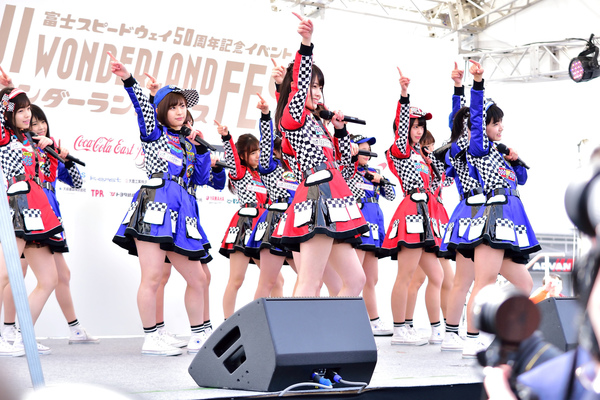
There are various other events in Japan that focus on historic motorsport. You will also be able to read about these on zwischengas.com in the future.
